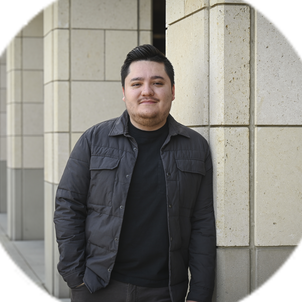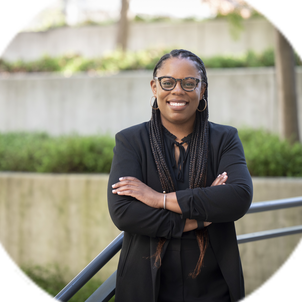I eventually became very interested in product design and materials, and got into the making side of things, including 3D printing, prototyping, figuring out how you come up with innovative ideas. That interest grew as I was doing my PhD in mechanical engineering, and started me down a long road to my current career path in engineering education.
I always knew there were engineers who go out into industry, and professors who do research at universities, but until I got to Stanford I didn’t know there were engineering education roles where you can focus specifically on helping students learn. When I found this position, which only began here last year, it was like someone looked inside my head and created my dream job. Today, I work with faculty, staff, students — really everyone and anyone — to help students have the best practical learning experiences.
When we’re on campus, that includes exploring skills like soldering, 3D printing and CAD design. Most instruction is still being done remotely, however, so one of my recent projects involved coordinating with lots of different instructors and administrators to figure out how to provide students with kits they could use at home for their capstone course, which in aeronautics and astronautics includes spacecraft design. My role was to really think about everything students would need to be able to safely assemble and use tiny satellites from their homes, and to make sure that even if they didn’t have access to laboratories, they were doing the same sort of legitimate research from home as would normally be done by an engineer working in industry. We worked with a NASA engineer to find out how spacecraft design projects really work in industry, figured out the complicated logistics of getting these kits to students, and made sure they had everything they needed to create authentic versions of the tiny nanosatellites that are in orbit right now.
I love that I get to help everyone — instructors and students alike — think about how we learn and what we need to do to make sure everyone enjoys it equitably. Everyone has their unique ideas, questions and a way they learn best, and I get to help them explore that.
Related spotlights

Lara Weed

Sebastian Fernández

